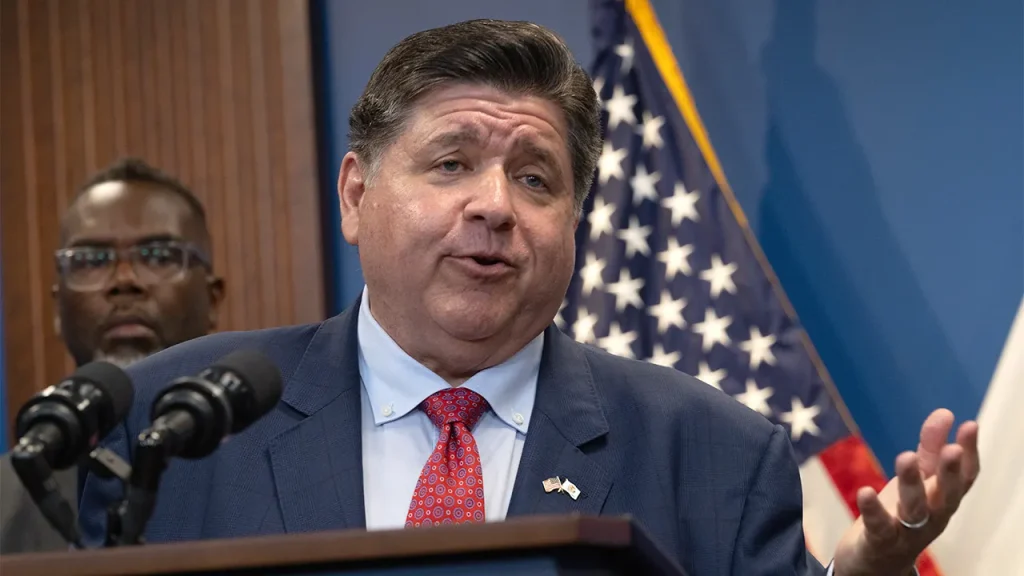Weekend Violence in Chicago: A City Grappling with Ongoing Gun Crime
In a troubling weekend for Chicago, preliminary crime statistics revealed 22 shootings occurring over just three days, resulting in 29 victims and four deaths. This snapshot of violence, covering the period from Friday evening through Sunday night, paints a concerning picture of the ongoing struggle with gun violence in America’s third-largest city. Among the victims was a 16-year-old who suffered a gunshot wound to the hand in what he described as a drive-by shooting involving a black SUV. In another incident, a 62-year-old man and 23-year-old woman were both shot in the legs while simply sitting in a garage. Perhaps most tragically, a 33-year-old man lost his life after being shot twice in the chest following an argument with an unidentified male. These are not just statistics; they represent real people whose lives have been forever altered by violence, families left to grieve, and communities left to heal from ongoing trauma.
The weekend’s violence has become entangled in a larger political dispute between Illinois Governor JB Pritzker and the federal government. President Trump has proposed deploying the National Guard to Chicago to address the violence, a plan Pritzker has firmly rejected, characterizing it as “Trump’s invasion.” The governor has gone further by filing a lawsuit against the Trump administration to block the potential deployment. This political standoff highlights the tension between federal intervention and local control in addressing urban violence, with Chicago caught in the middle. The debate raises important questions about the most effective approaches to public safety and whether militarized responses to community violence might do more harm than good in the long term.
Adding to the weekend’s tensions was an incident involving federal officers at a protest outside an Immigration and Customs Enforcement facility. According to reports, someone allegedly rammed a Homeland Security vehicle during the demonstration. The situation became further complicated when Chicago police were called to the scene primarily to document the incident and manage traffic, while federal authorities took charge of the investigation. An internal dispatch appeared to show that Chicago police officers were instructed by their chief of patrol not to respond after Border Patrol agents called for assistance, though the department later disputed this characterization as “misinformation,” insisting they would “always respond to anyone who is being attacked or is under the threat of physical harm.”
The incident at the immigration facility resulted in two arrests, with one of the drivers reportedly carrying a semiautomatic weapon. Department of Homeland Security Assistant Secretary Tricia McLaughlin stated that officers were unable to move and “were forced to deploy their weapons and fire defensive shots at an armed U.S. citizen.” This confrontation illustrates how tensions around immigration enforcement can escalate into potentially deadly situations, adding another layer of complexity to Chicago’s security challenges. The incident also highlights the sometimes difficult relationship between local and federal law enforcement agencies, particularly in cities with sanctuary policies that limit cooperation with federal immigration authorities.
Despite the weekend’s violence, there are some signs of improvement in Chicago’s overall gun violence statistics. The city has recorded nearly 1,200 shootings year to date, representing a significant 35% reduction compared to the same period in 2023, which saw a staggering 1,778 shootings between January and October. This decrease suggests that some of the city’s anti-violence initiatives may be making progress. However, this positive trend comes with an important caveat: overall crime in Chicago is up 35% compared to 2021, indicating that while gun violence might be declining, other forms of criminal activity have increased. This mixed picture complicates efforts to assess the effectiveness of current public safety strategies and points to the multifaceted nature of urban crime challenges.
The situation in Chicago reflects broader national tensions around policing, gun violence, and public safety. Cities across America are grappling with similar challenges, trying to balance effective law enforcement with community trust, particularly in marginalized neighborhoods that often bear the brunt of both crime and aggressive policing. The political disagreement over National Guard deployment represents just one aspect of these complex debates about how best to ensure public safety while respecting civil liberties and addressing the root causes of violence. As Chicago continues to work toward reducing gun violence, the experiences of those 29 victims from this past weekend serve as a stark reminder of what’s at stake: not just statistics, but human lives and community well-being. Finding sustainable solutions will require cooperation across political divides and a commitment to both immediate safety measures and long-term social investments.


